- Write by:
-
Saturday, July 23, 2022 - 13:01:42
-
518 Visit
-
Print
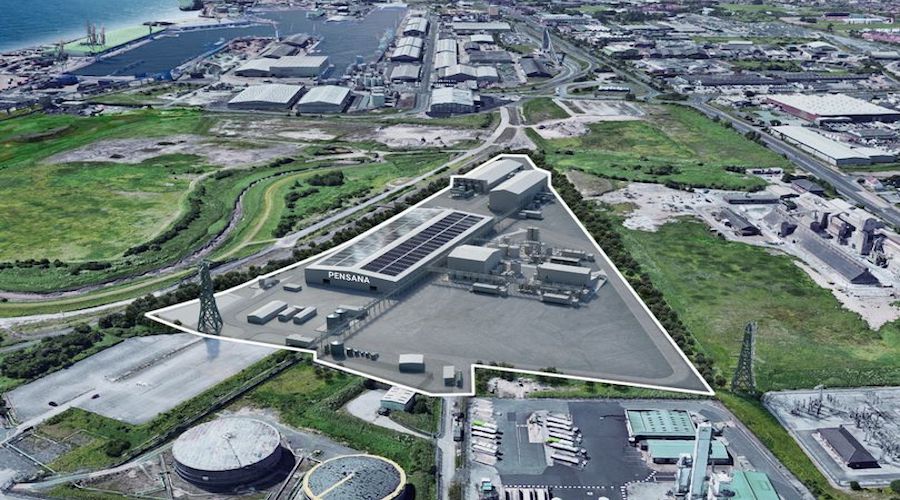
Mining News Pro - Rare earths junior Pensana has broken ground at its Saltend rare earth processing hub in northern England, set to be the country’s first major facility of its kind in more than a decade.
The project is part of the launch of the country’s first critical minerals strategy, unveiled today, to weaken China’s dominance on the group of 17 minerals used in electric vehicles, wind turbines, and military equipment.
“Critical minerals will become even more important as we seek to bolster our energy security and domestic industrial resilience – in light of Russia’s illegal invasion of Ukraine – and as we move away from volatile, expensive fossil fuels,” Kwasi Kwarteng, UK secretary of state for business said in a government statement.
“The strategy will bolster our resilience to market shocks and geopolitical events, while supplying key industries such as automotive and defence,” Kwarteng said.
The government is backing the initiative with an undisclosed sum from the £1 billion (About $1.2bn) Automotive Transformation Fund (ATF), which has a mandate to support the electrification of the UK automotive supply chain.
The facility is expected to be in full production in 2024, becoming one of only three major rare earth oxide producers outside of China.
It will also be the world’s first rare earth processing facility powered by offshore wind.
“This is a huge milestone for both Pensana, the Humber region and the UK, as part of our ambition to establish a critical magnet metals supply chain to secure the green energy transition,” chairman Paul Atherley said in the statement.
Analysts have questioned Pensana’s level of disclosure, the quality of its resources and executive pay. They have also qualified as “overly ambitious” the company’s production target of 12,500 tonnes of rare earth oxides per year, processed from mixed rare earth sulphate mined at the company’s Longonjo project in Angola.
There’s a lot of hot air and promises,” Thomas Kruemmer, author of the Rare Earth Observer blog, told the Financial Times.
“Processing the ore in Angola would generate large volumes of thorium, a radioactive material, likely requiring the involvement of the UN nuclear watchdog, the International Atomic Energy Agency,” he noted.
Critics are also sceptical of the company’s goal of producing 5% of global magnet metals by 2024. The Saltend project has an estimated capital cost of $195 million, while Longonjo is estimated to cost just under $300 million.
Short Link:
https://www.miningnews.ir/En/News/621808

China’s state planner on Friday finalized a rule to set up a domestic coal production reserve system by 2027, aimed at ...

Chile’s SQM called another investors meeting at the request of its second-largest shareholder, Tianqi Lithium Corp., ...
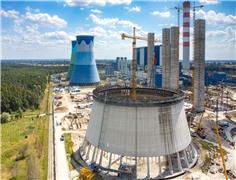
Polish government is abandoning plans to separate coal-fired power plants into a special company and is considering ...
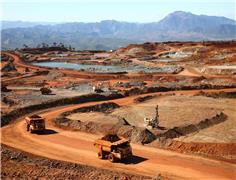
French mining group Eramet said on Wednesday it had reached an agreement with the French government to continue its ...

Copper traded near a 15-month high as supply concerns and brighter demand prospects triggered a slew of bullish calls on ...
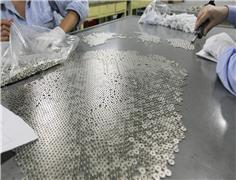
Rare earths prices in top producer China jumped to their highest in more than seven weeks on Monday on a wave of ...

A US and European Union push to reach an accord on fostering critical mineral supply chains is set to miss another ...
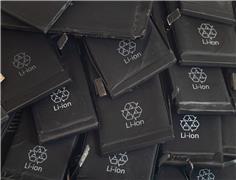
Trading of CME Group Inc.’s nearly three-year-old lithium hydroxide futures contract is soaring, with more funds ...
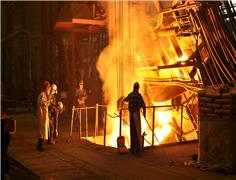
Iron ore’s reset to around $100 a ton is indicative of a broader reshaping of China’s commodities markets that favors ...
No comments have been posted yet ...